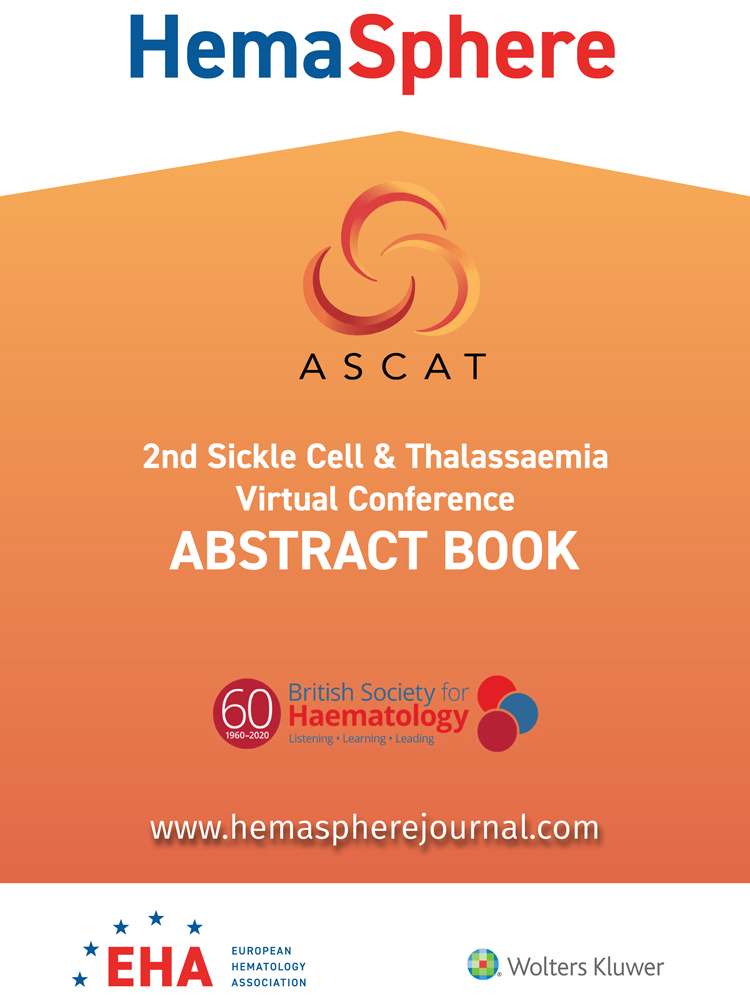S101: COMBINATION OF A LUSPATERCEPT-LIKE DRUG (RAP-GRL) AND TMPRSS6-ASO IS SUPERIOR TO EITHER DRUG ALONE FOR CORRECTING β-THALASSEMIA
The hallmarks of β-thalassemia (BT) include ineffective erythropoiesis (IE), splenomegaly and iron overload (IO). Recent studies have pointed to iron restriction (IR) to improve both anemia and IO in BT (Rivella, 2019). The decrease of iron-uptake by early erythroid cells results in reduced hemichrome toxicity and prevents premature red blood cell (RBC) hemolysis. One promising IR therapy strategy, which is currently in Phase II clinical trials (NCT04059406), targets the matriptase-2 (TMPRSS6) gene using antisense oligonucleotide technology (T-ASO). As previously shown, treatment of Hbbth3/+ (th3/+) mice (a mouse model for BT-intermedia) with T-ASO improves anemia, lengthens RBC lifespan, reduces levels of erythroferrone (ERFE), decrease hemichromes and lowers reactive oxygen species (ROS), and ameliorates splenomegaly (Casu et al., 2016, 2020; Guo et al., 2013).
Another novel therapeutic approach to improve anemia in BT targets the TGF-β pathway. Luspatercept, a TGF-β ligand trap, gained FDA approval in 2019 to treat transfusion dependent BT patients (Cappellini and Taher, 2021). In mouse models of BT, its murine analog (RAP-536) was found to promote erythropoietin (EPO)-independent maturation of late-stage erythroid cells, resulting in increased RBC parameters in a dose-dependent manner (Suragani et al., 2014). In this work we generated a Luspatercept-like protein (RAP-GRL) and used it to treat th3/+ mice in combination with T-ASO (RAP-GRL+T-ASO). Our goal was to investigate if this strategy would successfully target distinct morbidities associated with BT.
We generated RAP-GRL against the mouse analog of Luspatercept (RAP-536). Wild-type (WT) and th3/+ mice were subcutaneously injected s.c. with 10mg/kg of purified RAP-GRL. Our results showed that treatment with RAP-GRL increased RBC levels in both WT and th3/+ mice. Next, we treated th3/+ mice with RAP-GRL (10mg/kg), T-ASO (5mg/kg), or RAP-GRL+T-ASO. The RAP-GRL+T-ASO group displayed the most pronounced increase in RBC parameters and improvements in cell morphology. Flow cytometry analysis using CD71, TER119, and CD44 antibodies of the RAP-GRL+T-ASO groups showed the greatest improvements in IE in both the bone marrow (BM) and spleen (SPL). Additionally, splenomegaly was also greatly reduced in all T-ASO and RAP-GRL+T-ASO groups compared to RAP-GRL and control groups.
In conclusion our results provide pre-clinical support for combining IR and TFG-β ligand-trap strategies for the treatment of BT. Our data provides evidence that IR, in conjunction with the erythroid maturation action of Luspatercept may offer additive and more effective therapeutic strategy for BT patients.
References
1. Cappellini et al, Blood Adv 2021; 1:326–33
2. Casu et al, Blood 2021; 136:1968–79
3. Casu et al, Haematologica; 2016 101:e8-11
4. Guo et al, J Clin Invest 2013; 123:1531–41
5. Suragani et al, Nat Med 2014; 20:408–14




